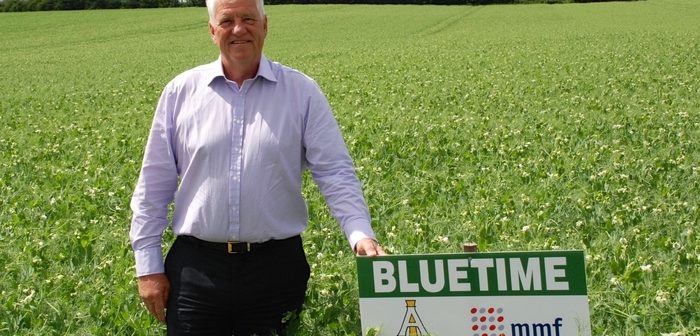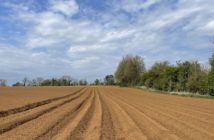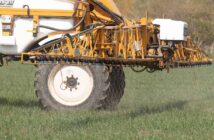Between 50% and 75% of combining peas are now drilled, depending on where in the UK you look,” says Theo Labuda, managing director of LSPB. “But that means there are still a significant number of growers waiting to drill – and even to choose their variety.
“Experienced pea growers will know that standing power is a key issue, but new or returning growers might appreciate a reminder of that. It is one of the potential bugbears of pea growing and the cause of many a gap between what’s seen in the field and what ends up in the barn.
“Campus has a leading position in the UK marketplace with over 20% of the large blue peas certified in the UK – and a key reason for the variety’s popularity with growers is its reputation for high standing power on the farm – evidenced by its ‘8’ on its Recommended List appearances – compared to the large blue norm of a ‘5’ or a ‘6’.
“As important, is its excellent reputation with end users, with a good thousand seed weight, protein content and lack of brown staining.
“There is also more good news in the offing for pea growers with further improvements in varieties on the horizon. The yields of new varieties added to the 2019 Recommended List and planned to reach growers next season show a very worthwhile yield improvement over older ones.
“For example, our top-yielding large blue pea variety Bluetime is a very significant 12% above the lowest yielding variety on the list. And yield increases from new varieties come with agronomic pluses, such as the ‘8’ for Downy mildew from our other Provisionally Recommended variety Blueman,” Mr Labuda adds.




